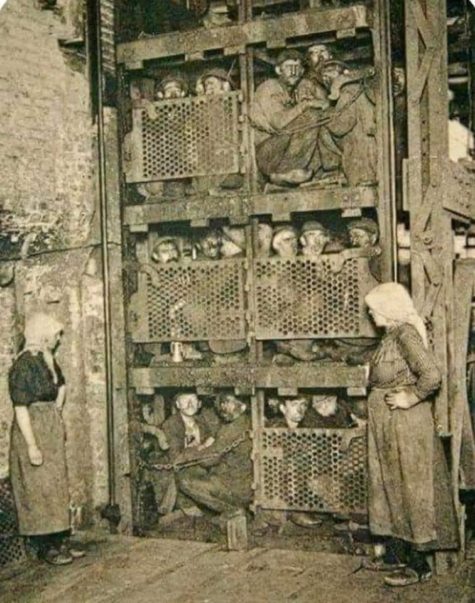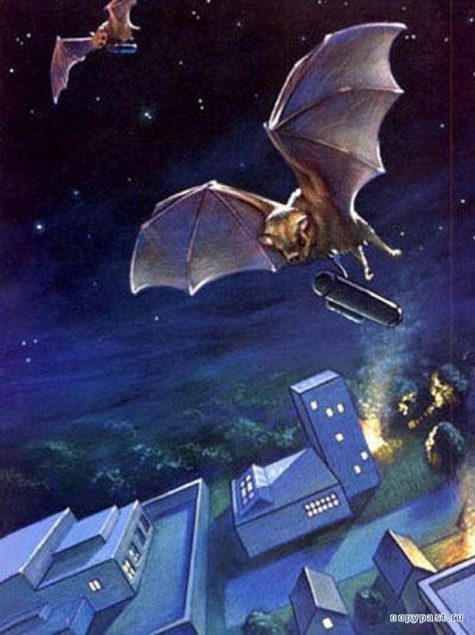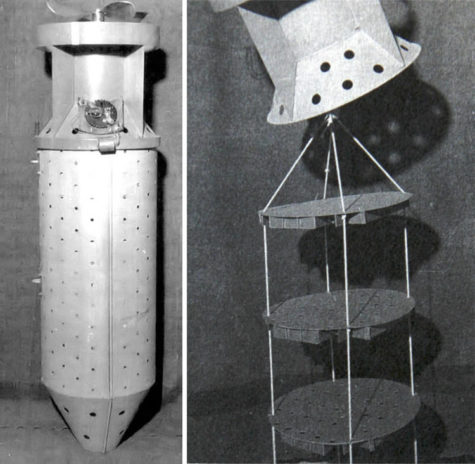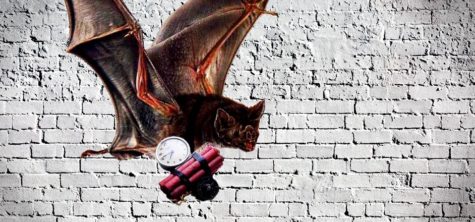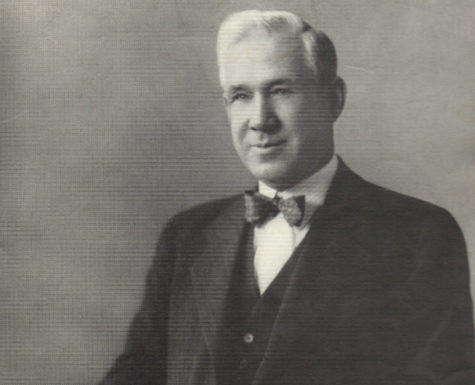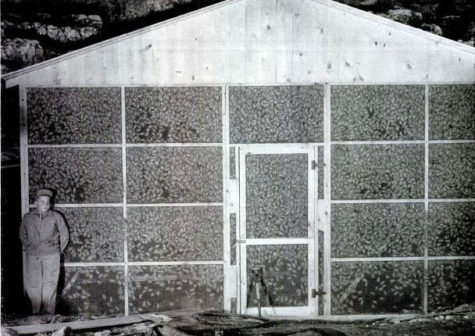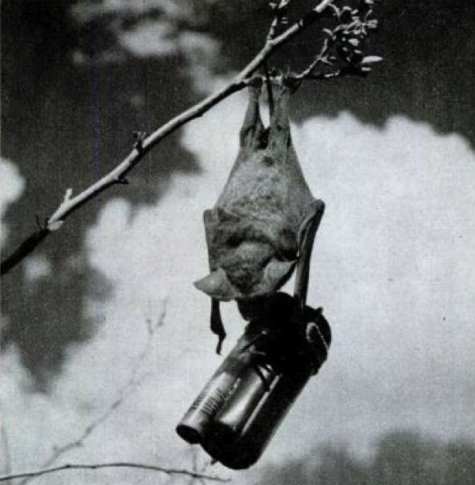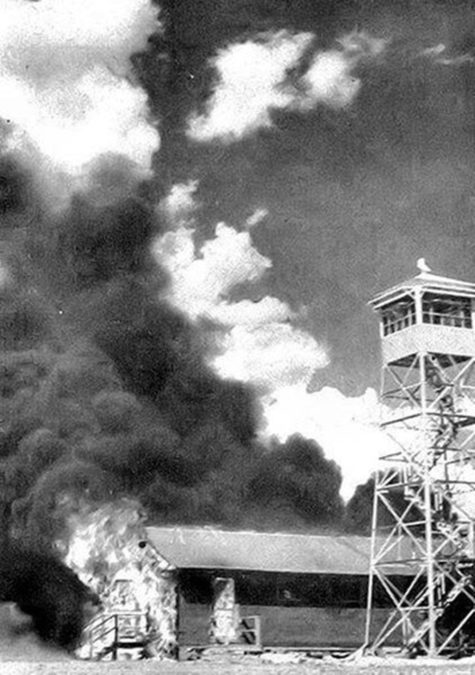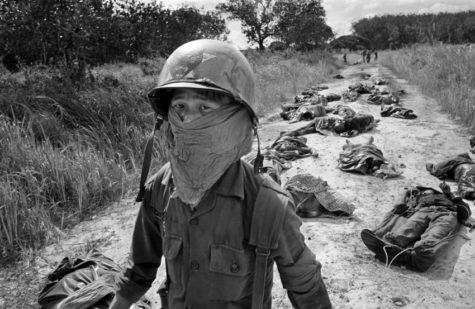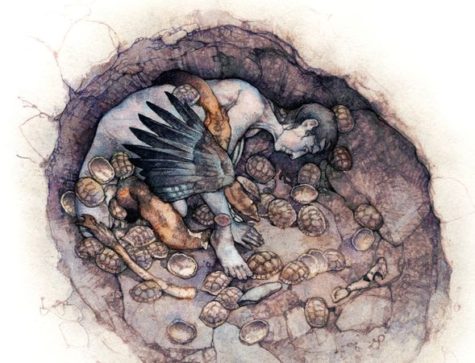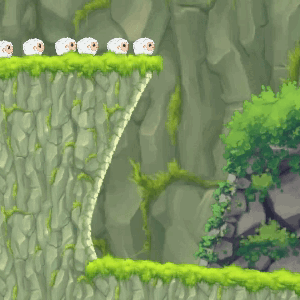Historical Tidbits
The Irish slave trade began when 30,000 Irish prisoners were sold as slaves to the New World. The King James I Proclamation of 1625 required Irish political prisoners be sent overseas and sold to English settlers in the West Indies. By the mid 1600’s, the Irish were the main slaves sold to Antigua and Montserrat. At that time, 70% of the total population of Montserrat were Irish slaves.
Ireland quickly became the biggest source of human livestock for English merchants. The majority of the early slaves to the New World were actually white.
From 1641 to 1652, over 500,000 Irish were killed by the English and another 300,000 were sold as slaves. Ireland’s population fell from about 1,500,000 to 600,000 in one single decade. Families were ripped apart as the British did not allow Irish dads to take their wives and children with them across the Atlantic. This led to a helpless population of homeless women and children. Britain’s solution was to auction them off as well.
During the 1650’s, over 100,000 Irish children between the ages of 10 and 14 were taken from their parents and sold as slaves in the West Indies, Virginia and New England. In this decade, 52,000 Irish (mostly women and children) were sold to Barbados and Virginia. Another 30,000 Irish men and women were also transported and sold to the highest bidder. In 1656, Cromwell ordered that 2000 Irish children be taken to Jamaica and sold as slaves to English settlers.
Many people today will avoid calling the Irish slaves what they truly were: Slaves. They’ll come up with terms like “Indentured Servants” to describe what occurred to the Irish. However, in most cases from the 17th and 18th centuries, Irish slaves were nothing more than human cattle.
As an example, the African slave trade was just beginning during this same period. It is well recorded that African slaves, not tainted with the stain of the hated Catholic theology and more expensive to purchase, were often treated far better than their Irish counterparts.
African slaves were very expensive during the late 1600’s (50 Sterling). Irish slaves came cheap (no more than 5 Sterling). If a planter whipped or branded or beat an Irish slave to death, it was never a crime. A death was a monetary setback, but far cheaper than killing a more expensive African. The English masters quickly began breeding the Irish women for both their own personal pleasure and for greater profit.
Children of slaves were themselves slaves, which increased the size of the master’s free workforce. Even if an Irish woman somehow obtained her freedom, her kids would remain slaves of her master. Thus, Irish moms, even with this new found emancipation, would seldom abandon their kids and would remain in servitude.
In time, the English thought of a better way to use these women (in many cases, girls as young as 12) to increase their market share: The settlers began to breed Irish women and girls with African men to produce slaves with a distinct complexion. These new “mulatto” slaves brought a higher price than Irish livestock and, likewise, enabled the settlers to save money rather than purchase new African slaves.
This practice of interbreeding Irish females with African men went on for several decades and was so widespread that, in 1681, legislation was passed “forbidding the practice of mating Irish slave women to African slave men for the purpose of producing slaves for sale.” In short, it was stopped only because it interfered with the profits of a large slave transport company.
England continued to ship tens of thousands of Irish slaves for more than a century. Records state that, after the 1798 Irish Rebellion, thousands of Irish slaves were sold to both America and Australia. There were horrible abuses of both African and Irish captives. One British ship even dumped 1,302 slaves into the Atlantic Ocean so that the crew would have plenty of food to eat.
There is little question that the Irish experienced the horrors of slavery as much (if not more in the 17th Century) as the Africans did. There is, also, very little question that those brown, tanned faces you witness in your travels to the West Indies are very likely a combination of African and Irish ancestry.
In 1839, Britain finally decided on its own to end its participation in Satan’s highway to hell and stopped transporting slaves. While their decision did not stop pirates from doing what they desired, the new law slowly concluded THIS chapter of nightmarish Irish misery.
But, if anyone, black or white, believes that slavery was only an African experience, then they’ve got it completely wrong. Irish slavery is a subject worth remembering, not erasing from our memories.”
~Tony Arroyo
Are the stories about bat bombs true? Actually, yes!
Bat bombs were an experimental World War II weapon developed by the United States. The bomb consisted of a bomb-shaped casing with over a thousand compartments, each containing a hibernating Mexican free-tailed bat with a small, timed incendiary bomb attached.
Dropped from a bomber at dawn, the casings would deploy a parachute in mid-flight and open to release the bats, which would then roost in eaves and attics in a 20–40 mile radius. The incendiaries would start fires in inaccessible places in the largely wood and paper constructions of the Japanese cities that were the weapon’s intended target.
I find it horrifying that anyone would be so callously uncaring about the brutal slaughter of these gentle creatures of the night. But it’s the government… and there was a war on… and death and destruction was the end game.
Here’s the story:
On December 7, 1941, a Pennsylvania dentist named Lytle S. Adams was on vacation in the southwest at the famed Carlsbad Caverns, home to excellent spelunking and about a million bats. Adams had been particularly impressed with the bats during his time in New Mexico. So when he turned on the radio that infamous day and heard the news that the Japanese had attacked Pearl Harbor, he began plotting a very unusual form of revenge on our World War II enemies.
Less than a month later, on January 12, 1942, he sent the White House his plan: We could demolish Japanese cities by strapping tiny incendiary bombs to bats, which they would carry into the all the nooks and crannies of the cities on the island. “Think of thousands of fires breaking out simultaneously over a circle of forty miles in diameter for every bomb dropped,” he later recalled. Japan could have been devastated, yet with small loss of life.”
Now, as luck would have it, Adams happened to know Eleanor Roosevelt. He’d flown her in his plane to see a previous scheme he’d cooked up: an airmail system where the plane doesn’t have to land to pick up cargo. So, when he finished his preliminary investigations, he appears to have managed to get a high-level audience, despite the rather eccentric nature of his idea.
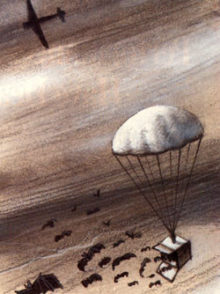 His proposal was taken up by the National Research Defense Committee, which was in charge of coordinating and investigating research into war-applicable ideas.
His proposal was taken up by the National Research Defense Committee, which was in charge of coordinating and investigating research into war-applicable ideas.
They forwarded the proposal to one Donald Griffin, who had conducted groundbreaking work on bats’ echolocation strategies, as related by Patrick Drumm and Christopher Ovre in this month’s American Psychological Association Journal. Griffin, who later became a renowned psychologist who argued that non-human animals also possess consciousness, was quite enthusiastic about the idea.
“This proposal seems bizarre and visionary at first glance,” he wrote in April 1942, “but extensive experience with experimental biology convinces the writer that if executed competently it would have every chance of success.”
The President’s men followed Griffin’s lead. “This man is not a nut. It sounds like a perfectly wild idea but is worth looking into,” a Presidential memorandum concluded. And so, just like that, a dentist’s crazy idea about bats had become a U.S. government research project.
After the team settled on using the Mexican free-tailed bat, Adams took a few to Washington for a demonstration of them carrying a dummy bomb. His superiors were sufficiently impressed that the U.S. Air Force gave authority for investigations to begin in earnest. It was March of 1943. The subject of the letter was, “Test of Method to Scatter Incendiaries.” The purpose of the test was listed as, “Determine the feasibility of using bats to carry small incendiary bombs into enemy targets.” The scheme became known as Project X-Ray.
After being transferred to the Army, thousands of bats were captured with nets at caverns around the southwest. Tiny bombs were designed for them. Appreciate, for a moment, the incendiary bomb that they came up with:
But this was a complex system that was being engineered. The researchers needed to figure out how to transport and deploy the little guys. So they did. First, the bats had to be kept in a hibernating mode while they were shipped. To accomplish this, they were stuck in ice cube trays and cooled. Second, they had to figure out how to release them in midair. A cardboard container was supposed to automatically open and release the bats.
This was a real effort that cost science and engineering effort. Unfortunately, real tests did not go as planned. There were all kinds of things that needed to be fine-tuned. For example, at one point, a few of the loaded incendiary bats were accidentally released, whereupon a hangar and general’s car were burned (as you can see in the photo below).
Eventually the Marine Corps took over the program and conducted tests beginning in December 1943. After 30 demonstrations and $2 million spent, the project was canceled.
The infamous “Invasion by Bats” project was afterwards referred to by Stanley P. Lovell, director of research and development for Office of Strategic Services, whom General Donovan ordered to review the idea, as “Die Fledermaus Farce“. Lovell also mentioned that bats during testing were dropping to the ground like stones.
Sources:
On April 16, 1953, following the death of the Soviet dictator Joseph Stalin, President Dwight D. Eisenhower spoke to the American Society of Newspaper Editors about peace. In this “Chance for Peace Speech,” the president outlined the cost of war as it related to what was being taken away from the American people who bore the cost of it. Here is the most important and most recognized part of this speech:
Every gun that is made, every warship launched, every rocket fired signifies, in the final sense, a theft from those who hunger and are not fed, those who are cold and are not clothed.
This world in arms is not spending money alone. It is spending the sweat of its laborers, the genius of its scientists, the hopes of its children.
The cost of one modern heavy bomber is this: a modern brick school in more than 30 cities.
It is two electric power plants, each serving a town of 60,000 population.
It is two fine, fully equipped hospitals. It is some 50 miles of concrete highway.
We pay for a single fighter plane with a half million bushels of wheat.
We pay for a single destroyer with new homes that could have housed more than 8,000 people.
This, I repeat, is the best way of life to be found on the road the world has been taking.
This is not a way of life at all, in any true sense. Under the cloud of threatening war, it is humanity hanging from a cross of iron.
The war images used above are from the war in Syria. I used them because they are images of what is happening in the here and now. Other older war photos are as follows:
Here’s a video excerpt of the speech in case you want to hear and see it. Interestingly, Ike was a Five Star General, a Republican and a Hawk in his time. Yet this common sense was and largely has been ignored.
Ancient Assyrians sent their dead to the afterlife with fearsome companions: turtles. Excavations of a burial pit in southeastern Turkey revealed skeletons of a woman and a child, plus 21 turtles, a team lead archaeologist Rémi Berthon of France’s National Museum of Natural History reports in the February Antiquity.
The burial is part of an Assyrian site called Kavuşan Höyük that dates to between 700 and 300 B.C. The turtle bonanza included shells from one spur-thighed tortoise (Testudo graeca) and three Middle Eastern terrapins (Mauremys caspica), plus bones from 17 Euphrates soft-shelled turtles (Rafetus euphraticus). Butchering marks on the R. euphraticus bones indicate that the turtles may have been eaten in a funerary feast, Berthon and his colleagues write.
Back then, turtles were a regular menu item in many parts of Mesopotamia. Turtle bones also were thought to ward off evil. The abundance of R. euphraticus turtles, a notoriously aggressive species, in this burial pit suggests the deceased had high social status.
To ancient Assyrians, these ferocious reptiles probably represented eternal life and served as psychopomps — mythical guides to the afterlife, the team writes.
Source: Science News
